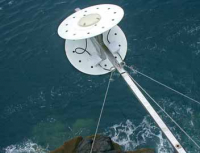TalkingFields guides European farmers from space
 Farmers traditionally keep a close eye on their fields, but a new IAP-led project seeks to build on their vigilance with monitoring from space.
Farmers traditionally keep a close eye on their fields, but a new IAP-led project seeks to build on their vigilance with monitoring from space.
The TalkingFields initiative is now showing how to combine satellite observation with satellite navigation to benefit European farmers.
Sustainable food production and food security are critical challenges. TalkingFields will help by using precision farming methods to produce crops more efficiently. For instance, by optimising farmersâ use of fertiliser and giving early warning of plant disease risks, both costs and environmental impacts can be reduced.
âThere are existing services variously employing Earth observation data, satellite navigation, farm management software and crop growth models, but TalkingFields is the first to combine them all,â said Tony Sephton, ESA's Integrated Applications promotion (IAP) programme.
âWeâre setting up an end-to-end service that is simple to use and sufficiently cost-effective to be self-sustaining.â 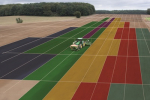
How does it work? The farmer requests the service for an area defined using satnav. Satellites gather information on the landâs potential â observations over several years can reveal variations in crop growth through soil changes â as well as current crop status.
These results are combined with information from field sensors such as weather conditions and soil moisture. The farmer adds in his own knowledge, and in return receives detailed satnav instructions on where and how much fertiliser to spray, for example.
A variety of satellites can be employed, although priority will be given to free data sources such as Landsat and ESAâs forthcoming Sentinel-2 satellites, due for launch in 2012.
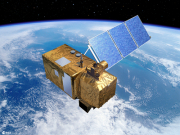 âIdeally, we might have weekly satellite acquisitions, but cloud cover makes that unfeasible,â explained Dr Sephton.
âIdeally, we might have weekly satellite acquisitions, but cloud cover makes that unfeasible,â explained Dr Sephton.
âInstead, we need only two to four satellite images per growing season, which are fed into a sophisticated crop growth modelâ.
âWith TalkingFields the emphasis is on service: weâre not giving raw satellite data straight to farmers. Instead, we advise them directly on actions to be taken throughout the growing season.â
Following a 2009 feasibility study, TalkingFields is now being demonstrated in real fields, led for ESA by German Earth observation company VISTA with partners PC-Agrar, a German company specialising in providing farm management information software, and Ludwig Maximillians University Munich, which developed the hydrological and agricultural production model.
Farmers access TalkingFields via familiar farm management systems.
âThe quality of farming advice improves dramatically when all the available information is used,â said Heike Bach of VISTA.
âFactors like crop variety, seeding date, row distance and fertilisation measures conducted so far are stored in the farm management systemâ.
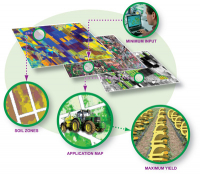
âSince TalkingFields is integrated with this software, we also have access to this information, improving our crop growth models.â
Large intensive farms across Germany and Russia are participating in the demonstration. Customers can choose from a portfolio of services, such as estimating a cropâs yield some two to four weeks before harvest. Even before a farmer decides to use precision farming, he can obtain a detailed cost-benefit analysis for each field. Daily information on biomass and density will help to protect crops by revealing the onset of plant disease.
To know more about the TalkingFields project please click here.



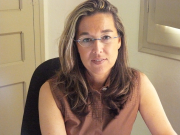
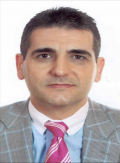
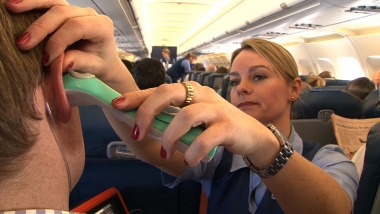
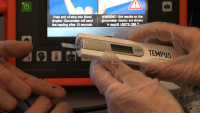 The crew will be able to simultaneously talk to and send clinical-quality data along with still pictures and moving video to a ground-based medical team of experts specialised in assisting in-flight medical contingencies for diagnosis and support.
The crew will be able to simultaneously talk to and send clinical-quality data along with still pictures and moving video to a ground-based medical team of experts specialised in assisting in-flight medical contingencies for diagnosis and support.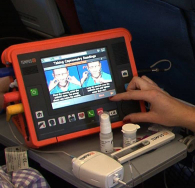 As a result, the probability of a medical emergency occurring in-flight has risen and the pilot will often divert the flight to the nearest airport where medical attention can be provided. Commercial airlines are interested in telemedicine technology as a tool to improve medical provision for customers as well as to support their staff and crew. In simple terms, better diagnosis that enables a diversion to be avoided is of direct benefit to the airline and its passengers".
As a result, the probability of a medical emergency occurring in-flight has risen and the pilot will often divert the flight to the nearest airport where medical attention can be provided. Commercial airlines are interested in telemedicine technology as a tool to improve medical provision for customers as well as to support their staff and crew. In simple terms, better diagnosis that enables a diversion to be avoided is of direct benefit to the airline and its passengers".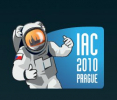 The International Astronautical Congress will open in Prague on 27 September. Joining the worldâs major space players, ESA will participate with experts in a rich and varied programme. The conference program also includes sessions dedicated to the Integrated Applications domain. ESA-IAP will contribute with papers and presentations about the findings of the IAP program as well as with the recent outcomes of some IAP projects.
The International Astronautical Congress will open in Prague on 27 September. Joining the worldâs major space players, ESA will participate with experts in a rich and varied programme. The conference program also includes sessions dedicated to the Integrated Applications domain. ESA-IAP will contribute with papers and presentations about the findings of the IAP program as well as with the recent outcomes of some IAP projects.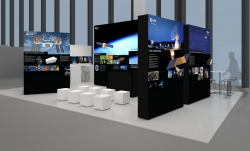
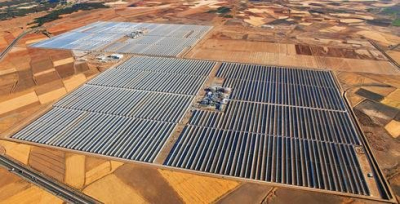
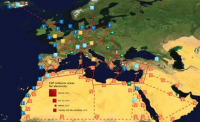 As an example, Dr. Gerhard Knies, chairman of the Supervisory Board of the
As an example, Dr. Gerhard Knies, chairman of the Supervisory Board of the 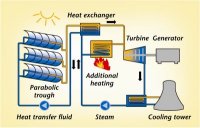
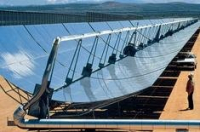 - âThe technology is based on the concentration of direct solar radiation using parabolic-shaped mirrors.â says Benedikt Pulvermüller, project manager at Solar Millennium AG. The heat is collected in an absorber tube filled with a heat-transfer fluid.The heat is used to generate steam which is used to run a turbine and to produce electricity as in many other conventional power plants, like coal or gas. The rationale behind this approach is that heat can be easily stored and later used to generate additional steam, particularly during cloudy periods or even at nightâ
- âThe technology is based on the concentration of direct solar radiation using parabolic-shaped mirrors.â says Benedikt Pulvermüller, project manager at Solar Millennium AG. The heat is collected in an absorber tube filled with a heat-transfer fluid.The heat is used to generate steam which is used to run a turbine and to produce electricity as in many other conventional power plants, like coal or gas. The rationale behind this approach is that heat can be easily stored and later used to generate additional steam, particularly during cloudy periods or even at nightâ
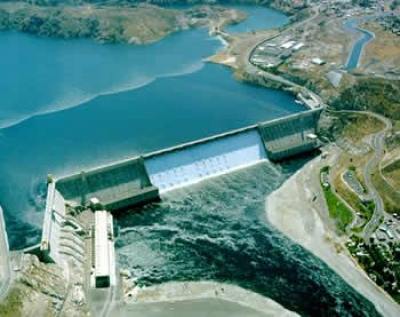
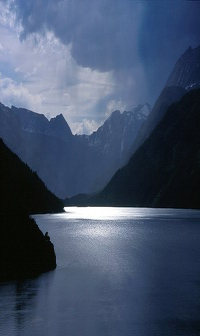 INTOGENER (INTegration of EO data and GNSS-R signals for ENERgy applications) focuses in the case of Chile. ENDESA, a Spanish utility owned mostly by the Italian Enel Group is de facto the largest utility in South America, being Chile one of the markets they operate. In Chile, more than 40 % of the national electricity mix comes from hydroelectricity power plants, being most of them located in the central area of the country. For the management of the power plants, all the utilities use currently a statistical model of the region. It is based on a limited set of in-situ measurements as well as previous yearsâ meteorological and hydrological information. The accuracy of the outcomes of this model differs up to 60 % with respect to reality. ENDESA is willing to find an alternative that can help them to manage their power plants in a more efficient way. Over the past decade, the electricity demand in Chile has grown at an average rate of 7 % per year, making mandatory an optimisation of the hydroelectrical resources in the short term to avoid further investment in fossil sources to fill the demand.
INTOGENER (INTegration of EO data and GNSS-R signals for ENERgy applications) focuses in the case of Chile. ENDESA, a Spanish utility owned mostly by the Italian Enel Group is de facto the largest utility in South America, being Chile one of the markets they operate. In Chile, more than 40 % of the national electricity mix comes from hydroelectricity power plants, being most of them located in the central area of the country. For the management of the power plants, all the utilities use currently a statistical model of the region. It is based on a limited set of in-situ measurements as well as previous yearsâ meteorological and hydrological information. The accuracy of the outcomes of this model differs up to 60 % with respect to reality. ENDESA is willing to find an alternative that can help them to manage their power plants in a more efficient way. Over the past decade, the electricity demand in Chile has grown at an average rate of 7 % per year, making mandatory an optimisation of the hydroelectrical resources in the short term to avoid further investment in fossil sources to fill the demand.